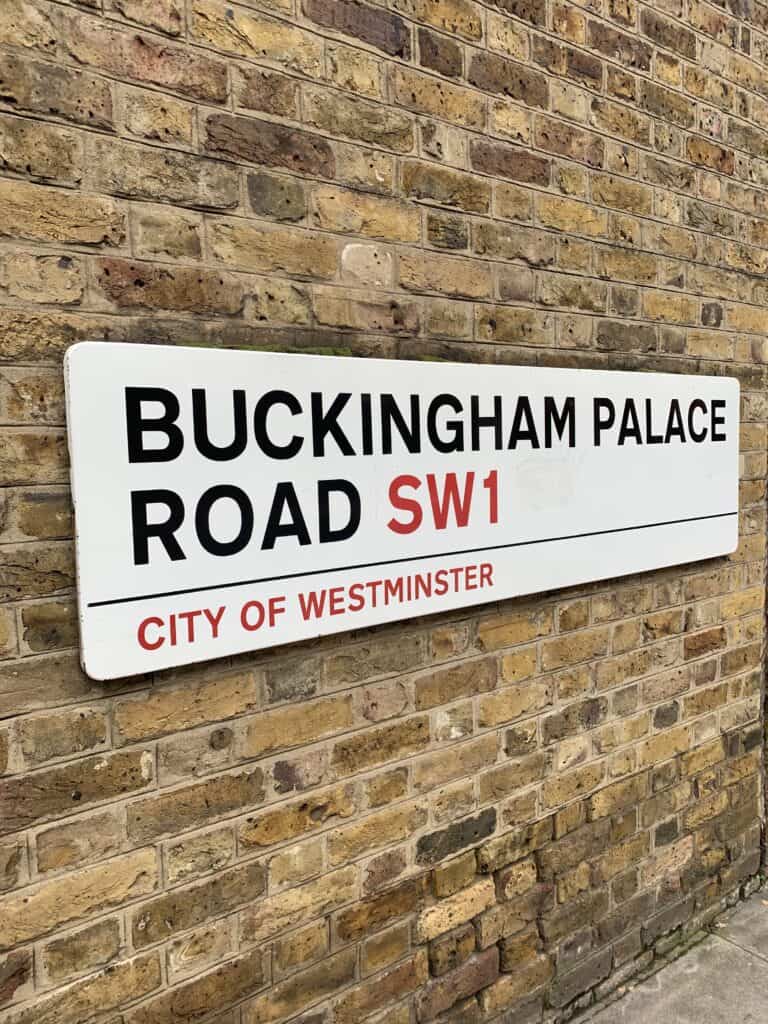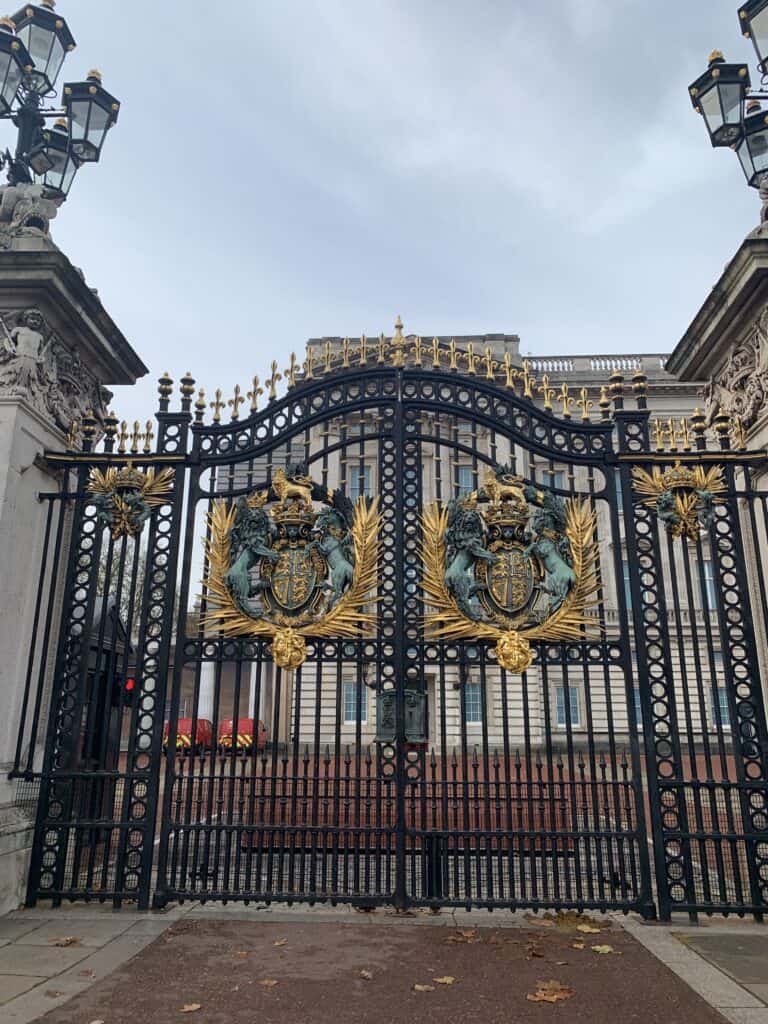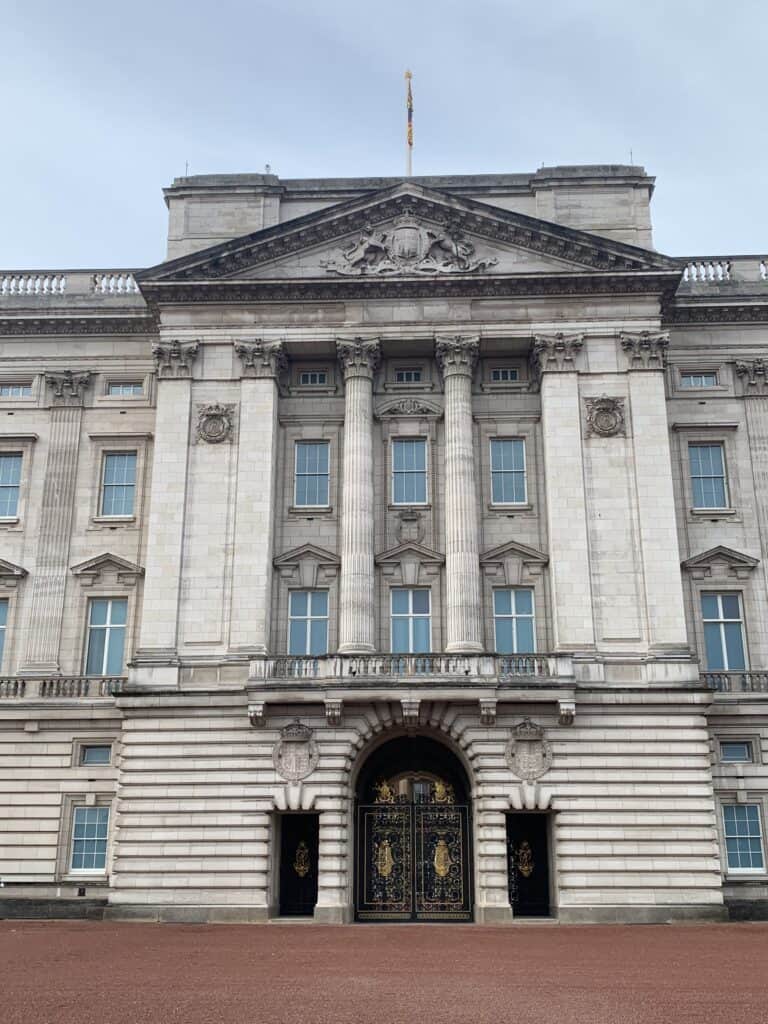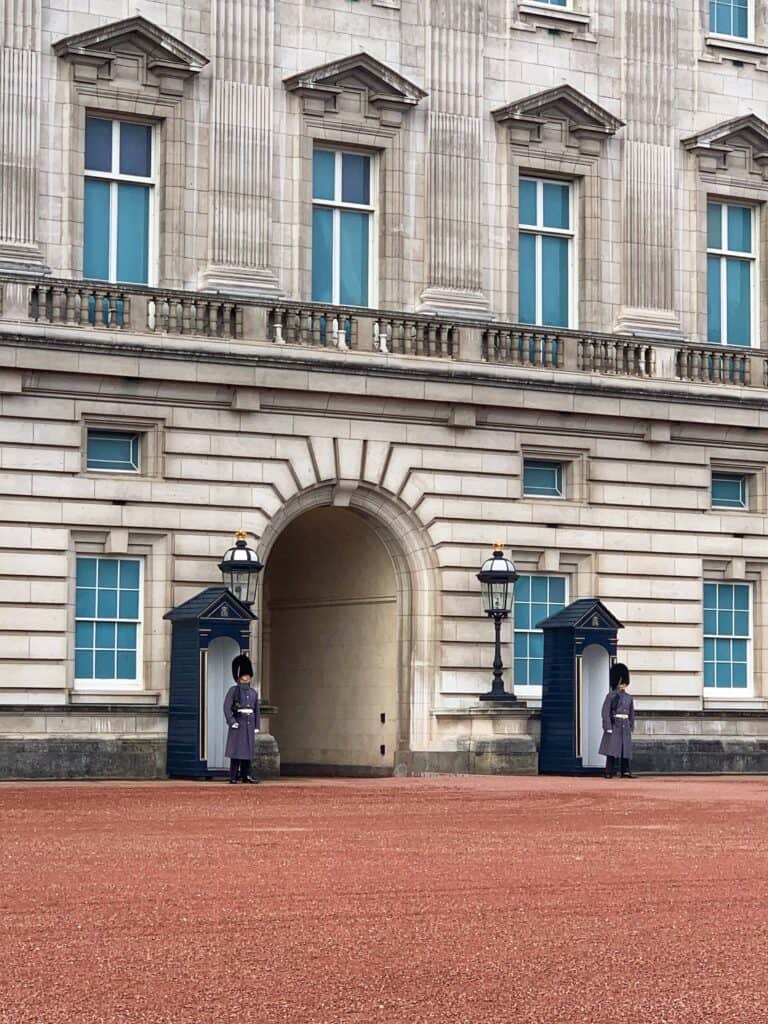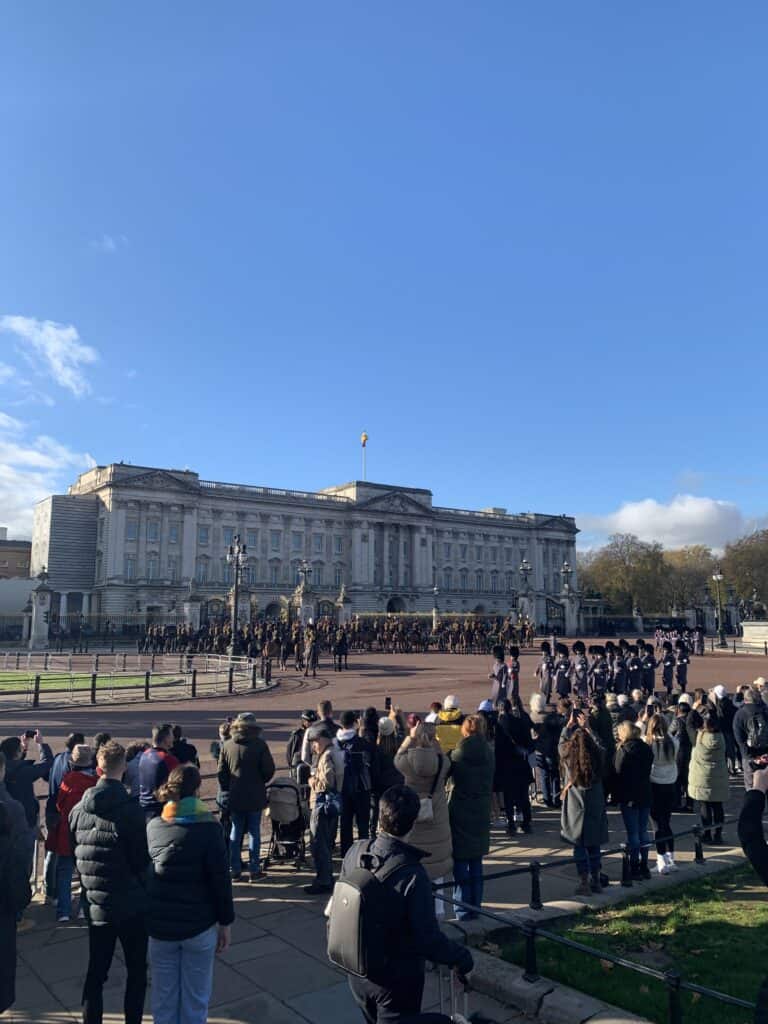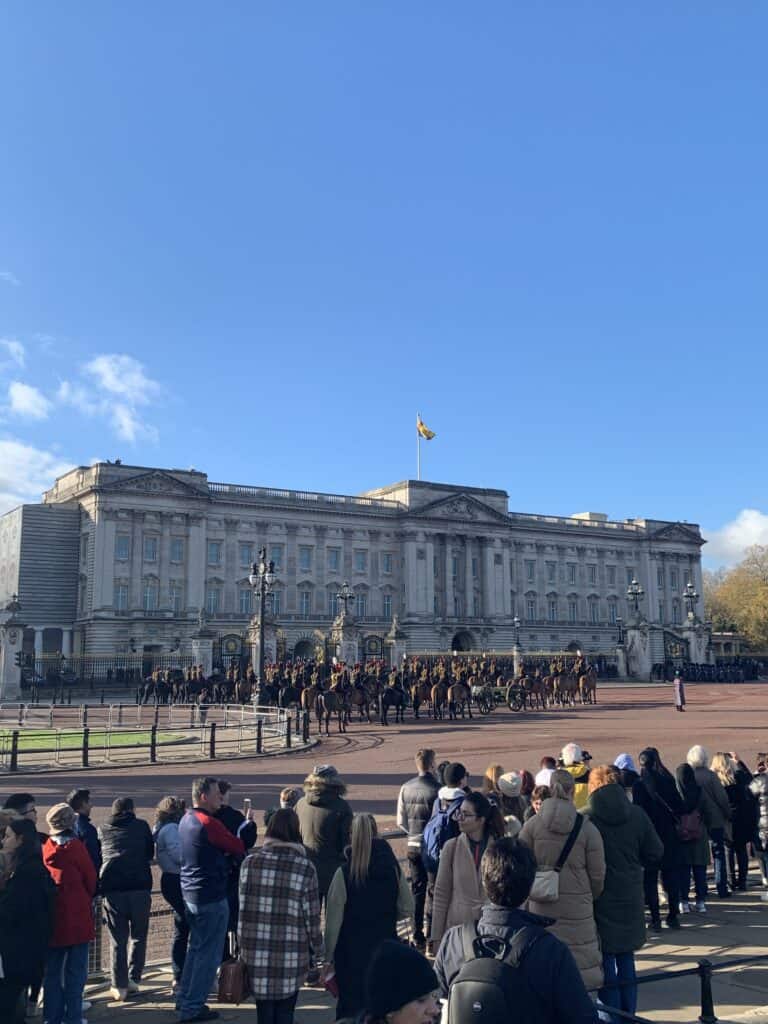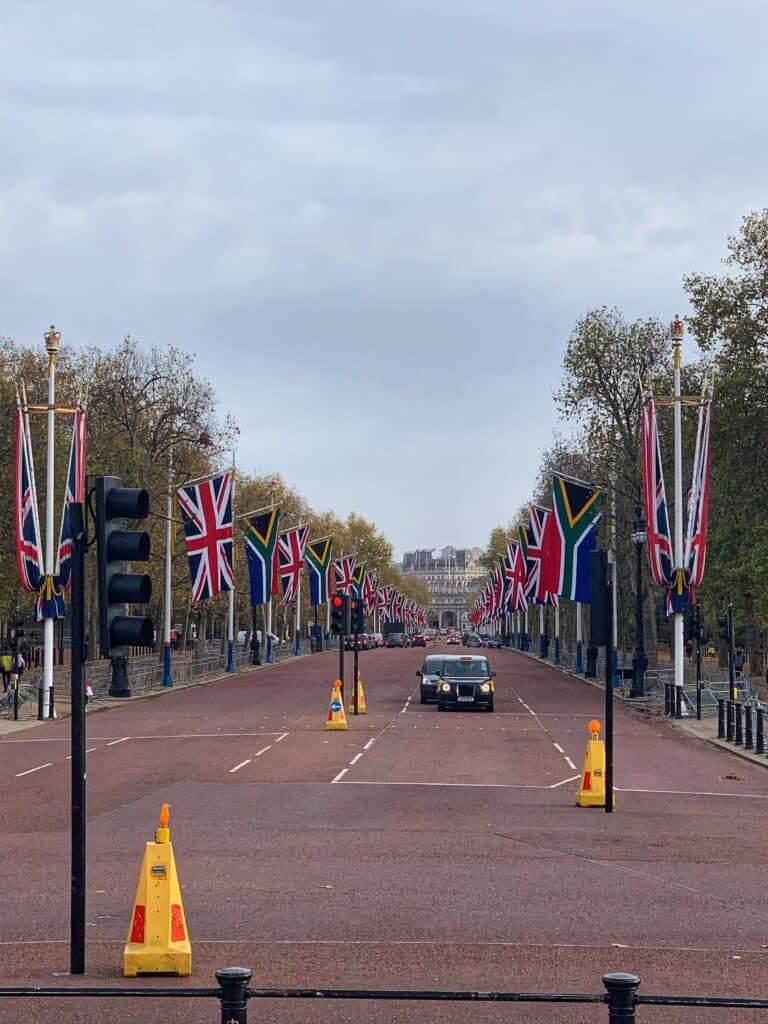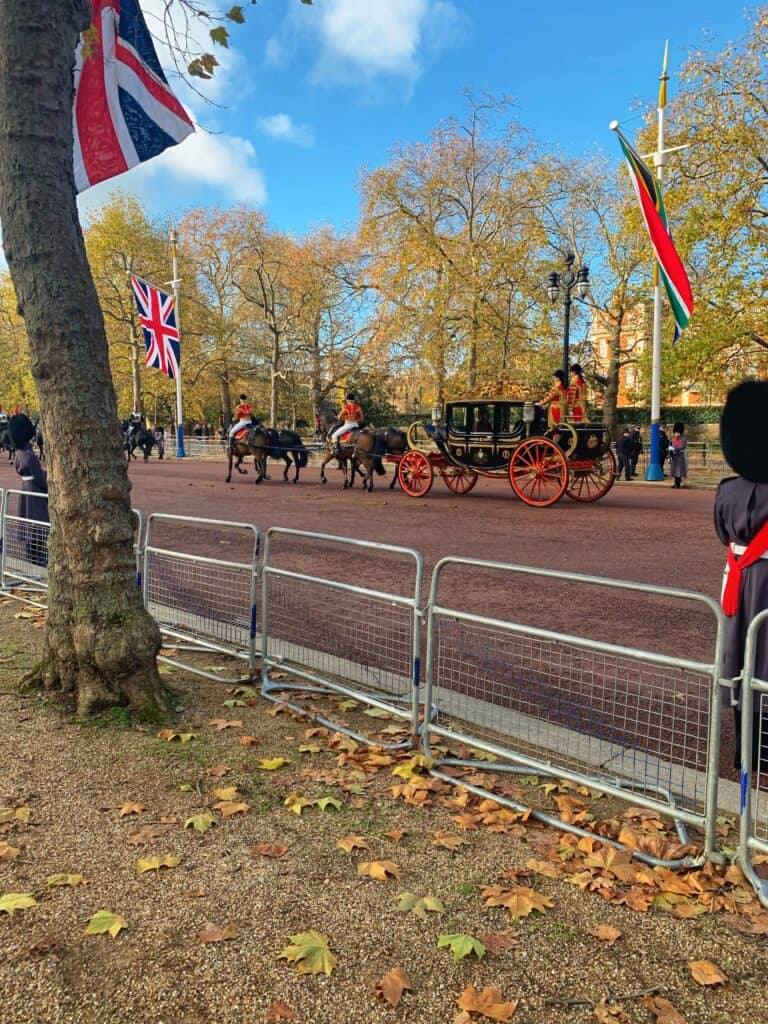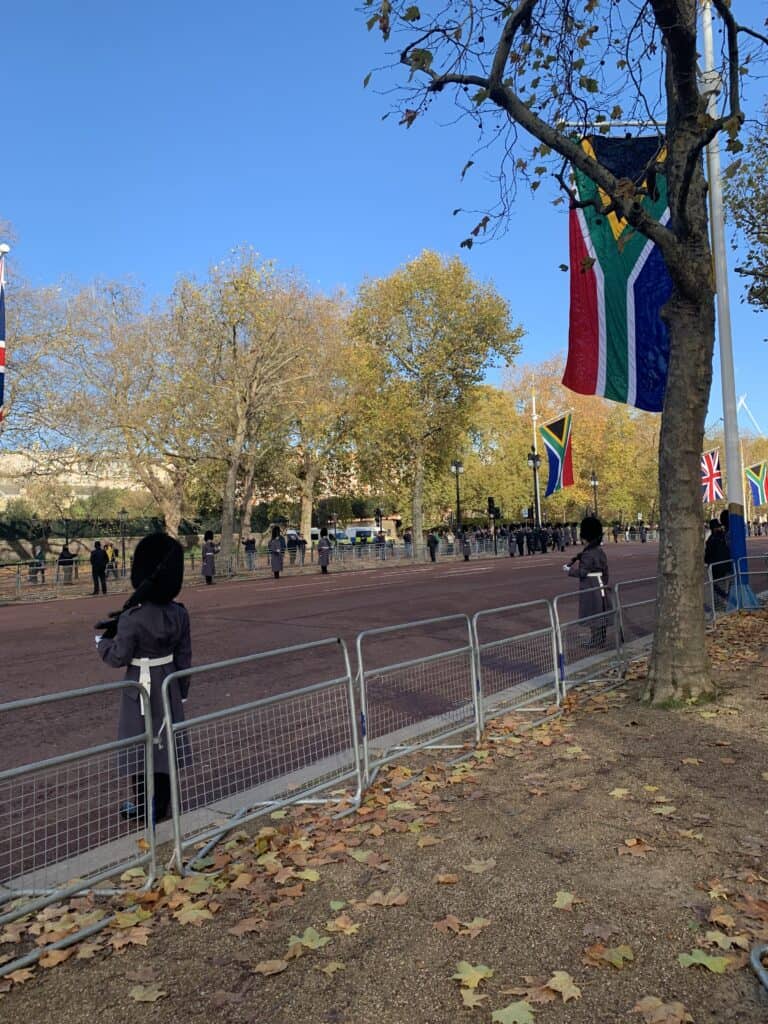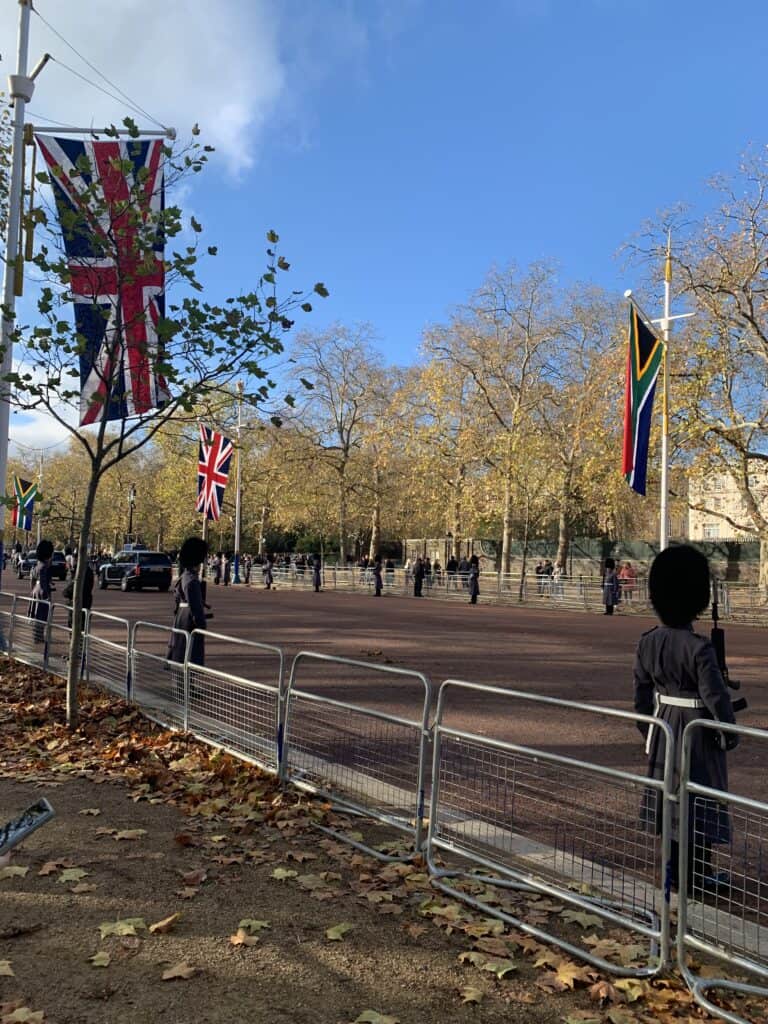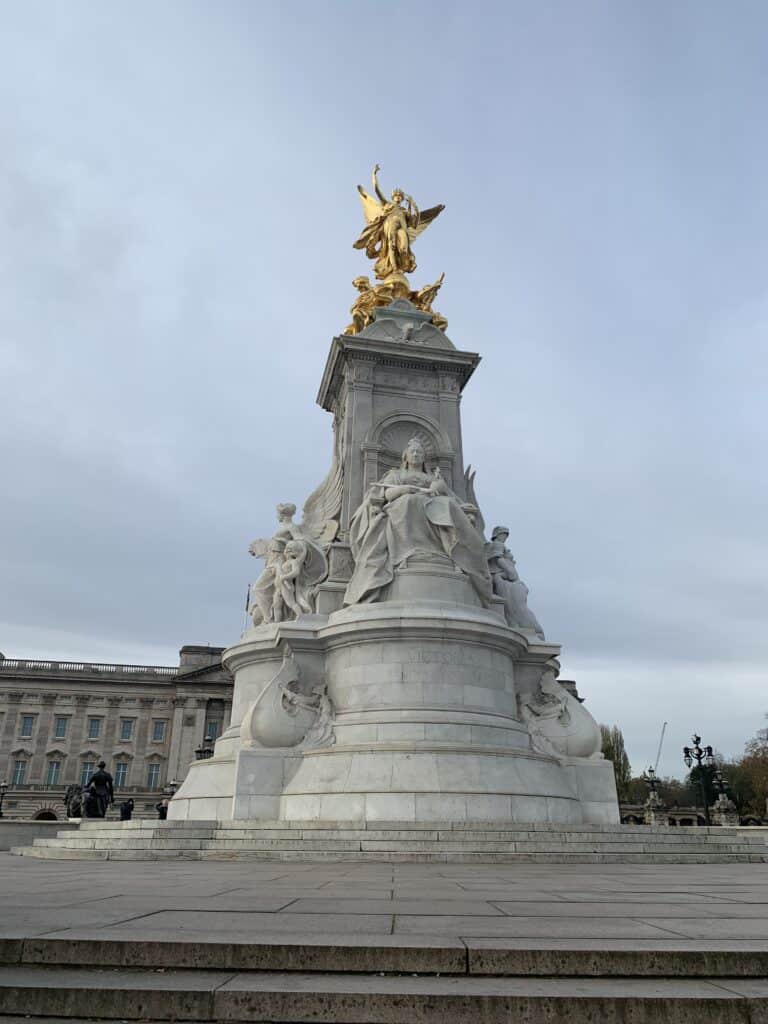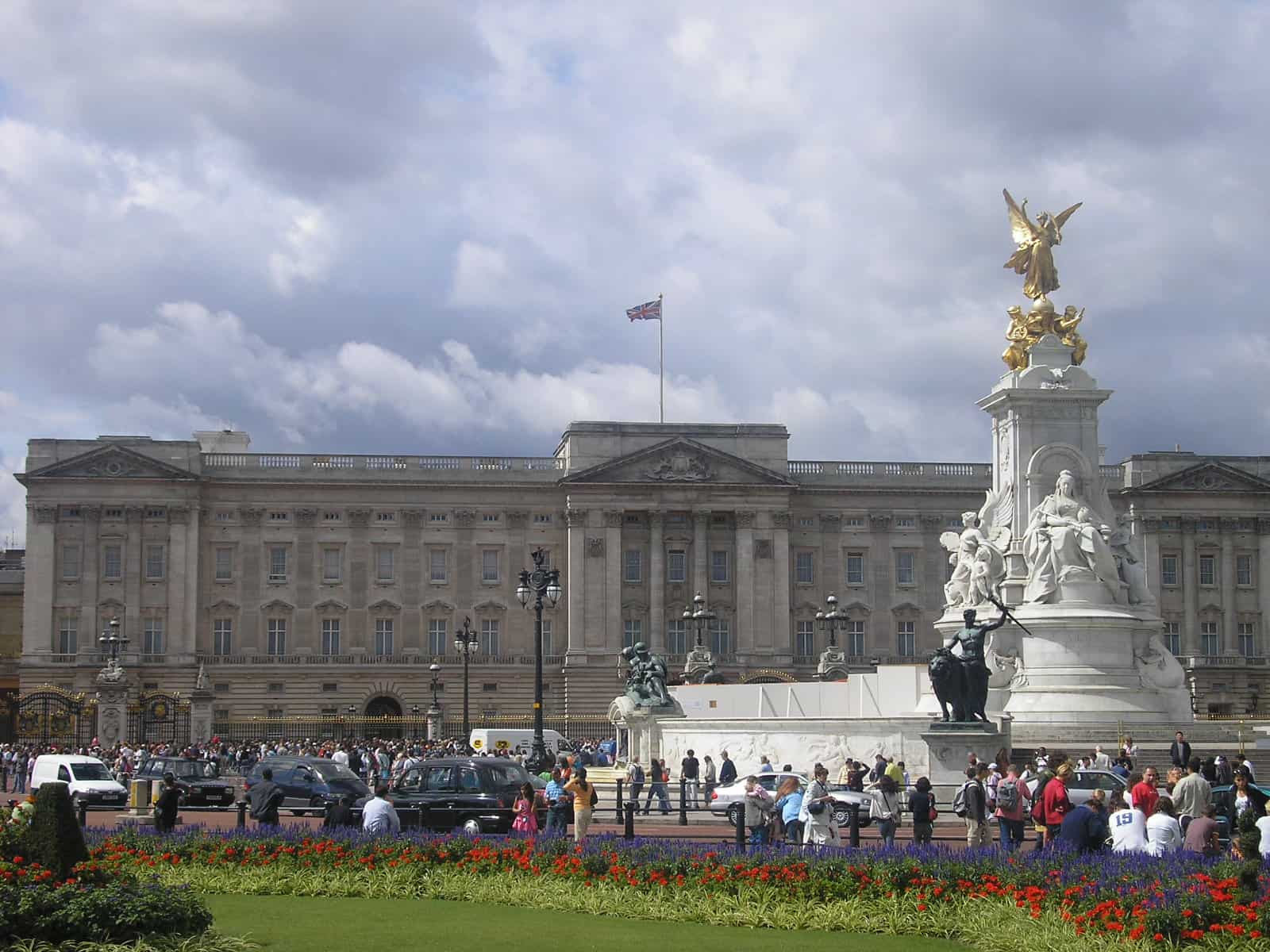
Buckingham Palace has been the official residence of the British Royal Family since 1837. Built in 1703 by the Duke of Buckingham, the building was purchased by King George III in 1762 to be used as a private residence. Since its construction it has been expanded and renovated on various occasions.
In the First World War it remained unharmed, but during the Second World War it was bombed several times, resulting in the destruction in 1940 of the royal chapel.
In the external area of the Palace, the Changing of the Guard takes place every day at 11:30 in the months of May and June while during the rest of the year it takes place every two days always at the same time. In case of rain, very frequent in London, the Changing of the Guard is canceled.
The Mall, is a wide avenue that connects from west to east Buckingham Palace to Admiralty Arch, near Trafalgar Square. The length of The Mall is exactly one nautical mile or just under a kilometer and runs through the Spring Gardens. Surface of The Mall is colored red to give the effect of a red carpet leading to Buckingham Palace. It is closed to traffic on Saturdays, Sundays, public holidays and ceremonial occasions. During state visits, the visiting monarch and head of state are escorted in a carriage along The Mall and the street is decorated with the flags of the United Kingdom and the country flags of the visiting Head of State.
In front of the gates of Buckingham Palace, there is the Victoria Memorial dedicated to Queen Victoria. The central figure of the Memorial is the statue of Queen Victoria located to the north, or towards The Mall. The other sides of the monument are adorned with statues of angels: the Angel of Justice, the Angel of Truth and the Angel of Charity. On the pinnacle, the Goddess of Victory is depicted surrounded by the seated figures of Courage and Constancy. Around the central complex there are numerous depictions of mythological sea creatures symbolizing the maritime power of the British Empire.

